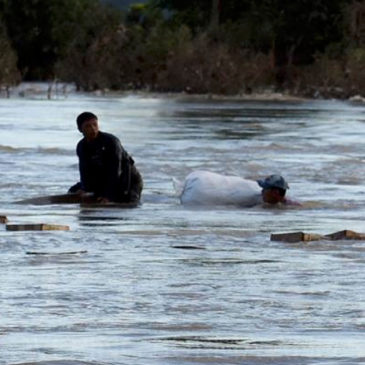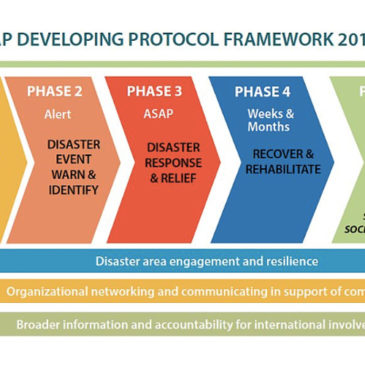Aiding in flood relief efforts
The fury and ferocity of floods becomes more amplified when one sees the situation first hand. The data, descriptions and dashboards of information fail to project the face of people and their experience at the ground level. At the invitation of the Bishop of Kalay (Sagaing division – the place that took the brunt of floods), we visited Kalay. As the plane descends (roads are still to be repaired) an eerie scenario unfolds. A vast expanse of clay mud covers hundreds of acres where there were once villages and flourishing farming communities. Only water now.





